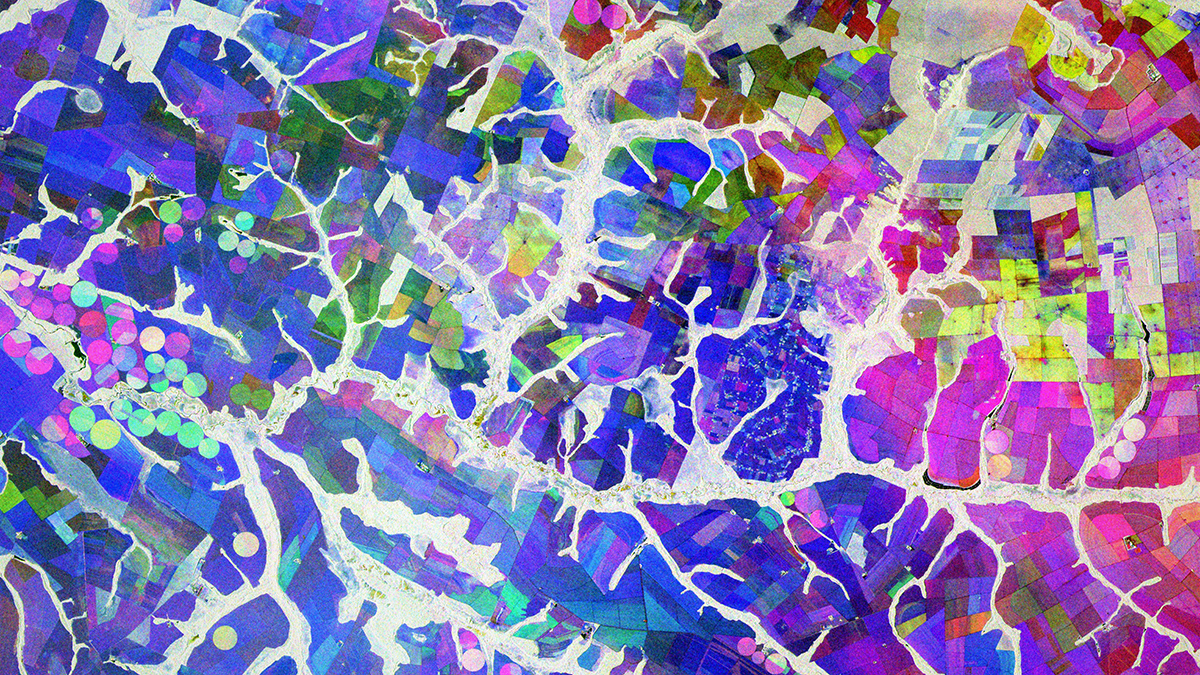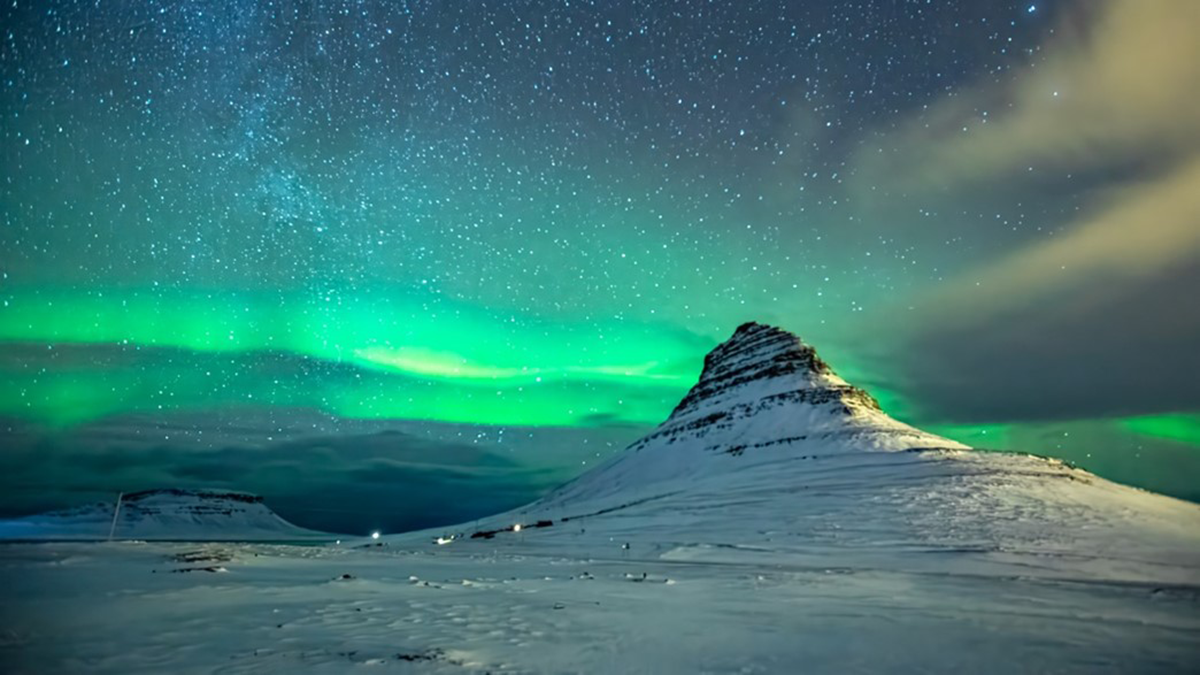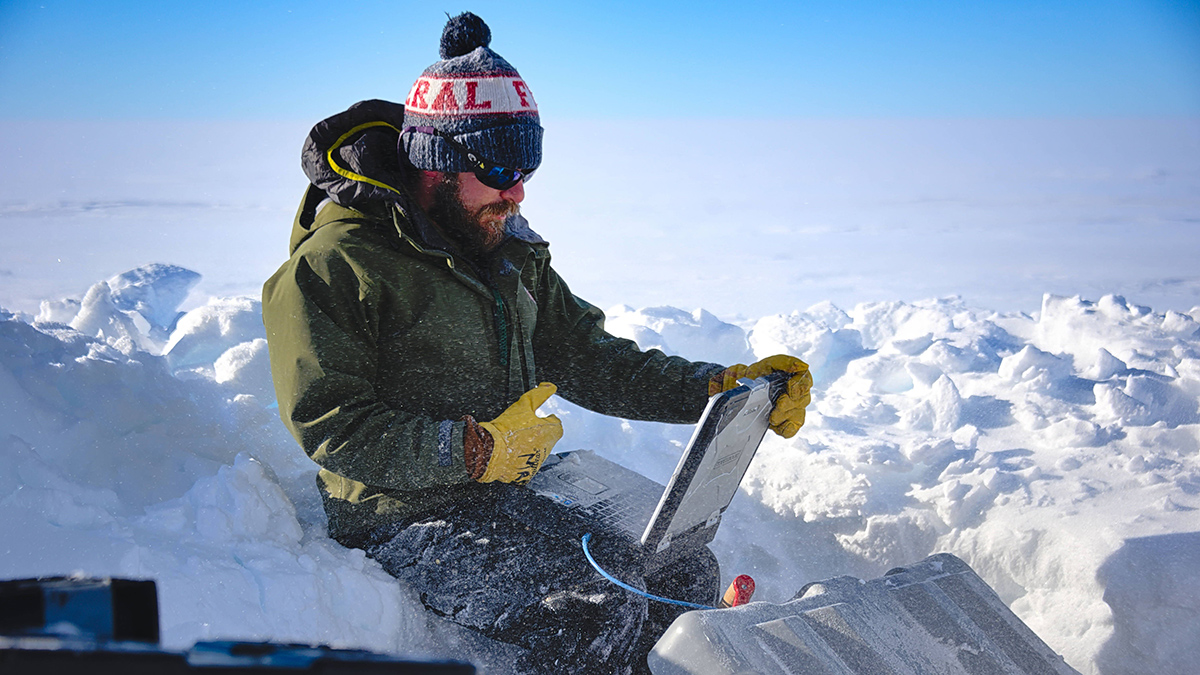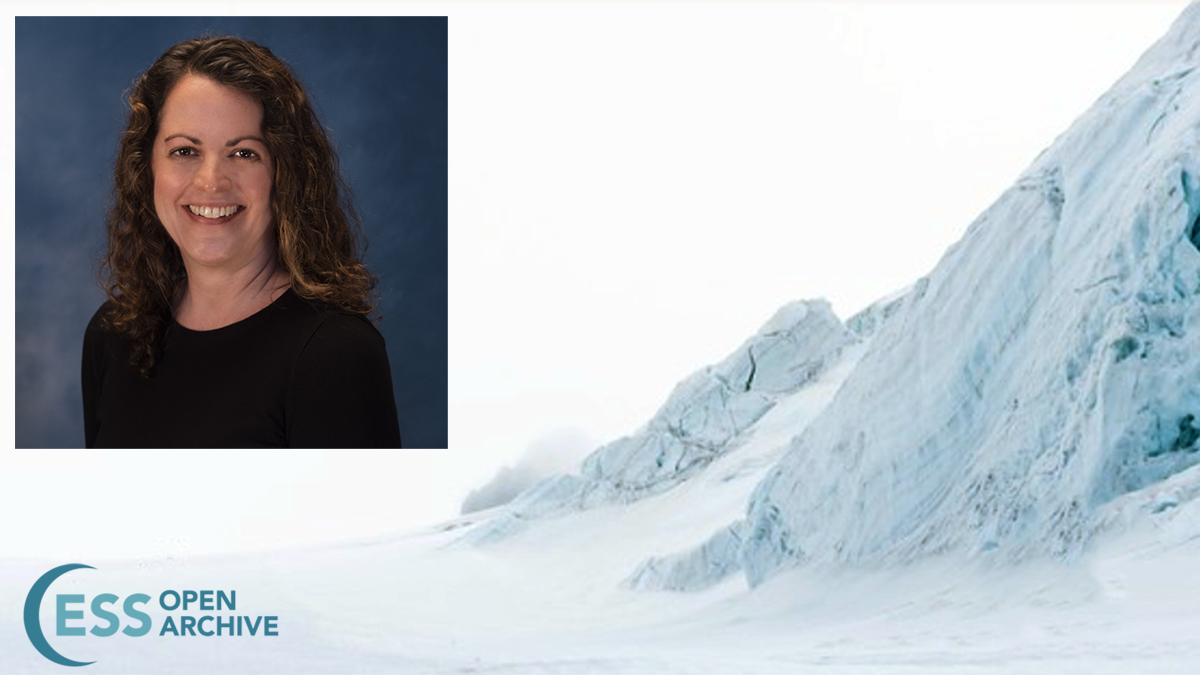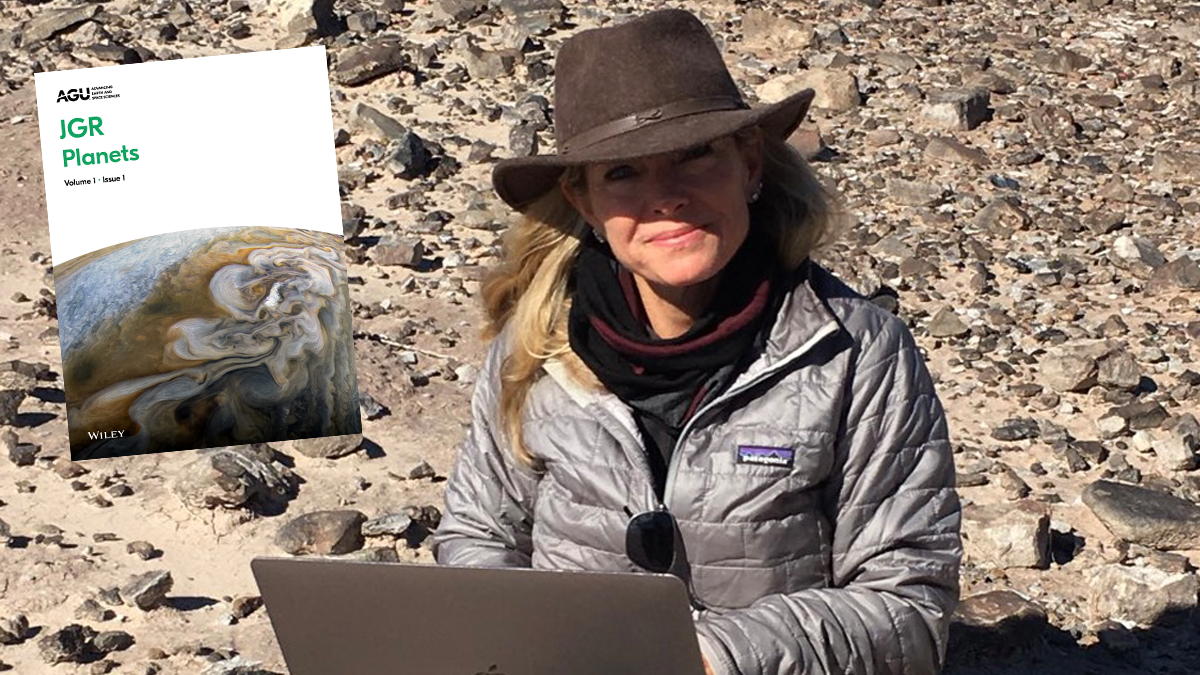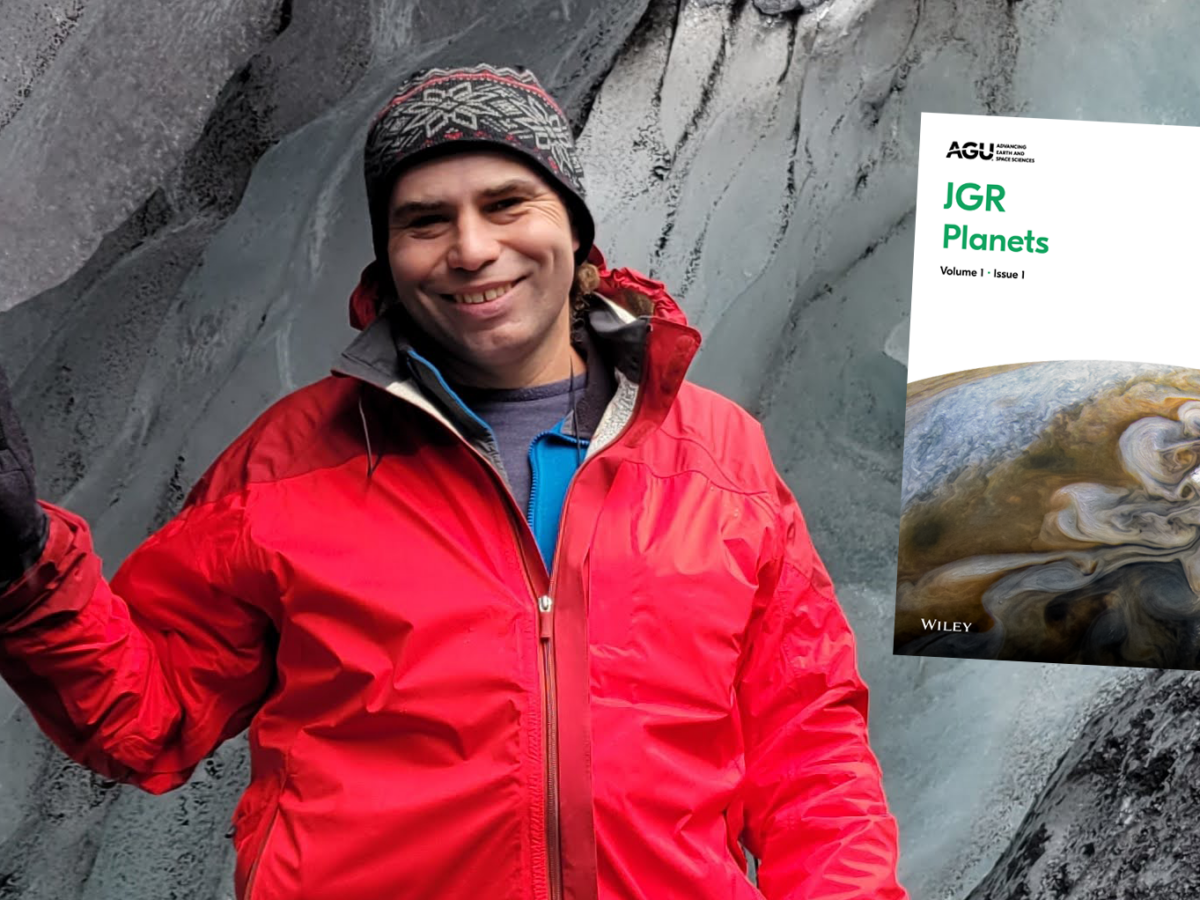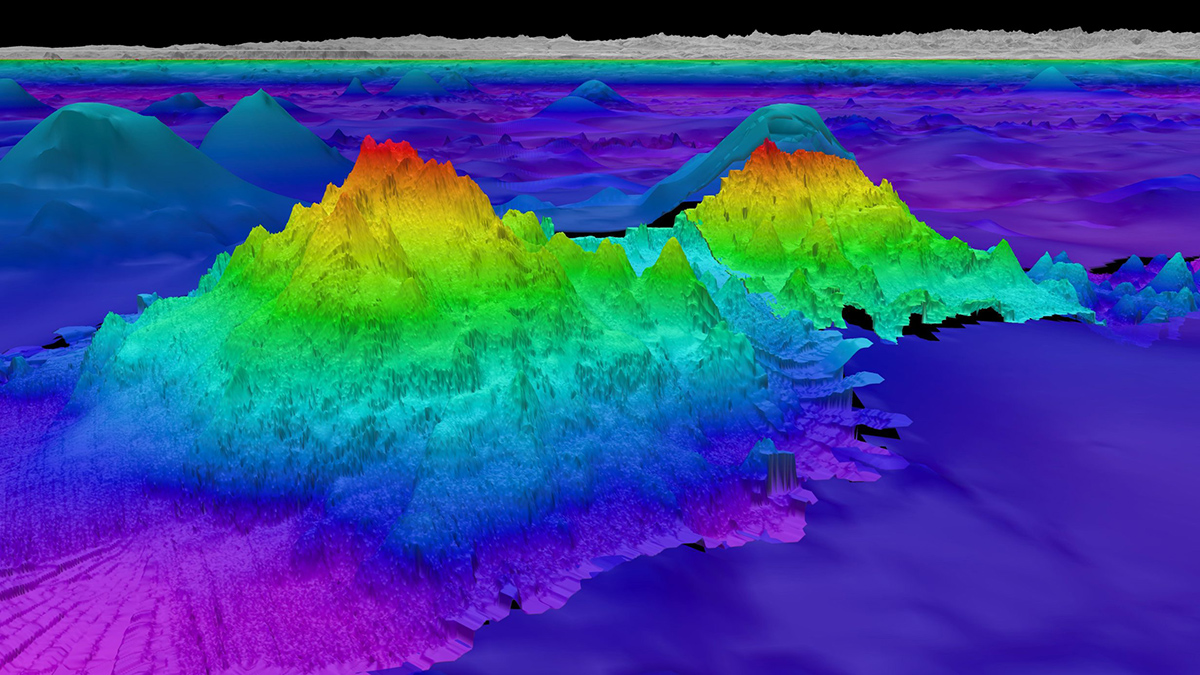Meet the new Editor-in-Chief of Geophysical Research Letters and discover his plans to shape the journal’s role in advancing the Earth and space sciences.
open science
A Cloud-Based Solution to a Radar Data Deluge
An open-science tool built to support NASA missions is making synthetic aperture radar, once the domain only of subject matter experts, more accessible for nonspecialists and real-world applications.
What’s On the Horizon for Open Access Geoscience Books?
On the first anniversary of their partnership, AGU and the Geological Society of London reflect on the GeoHorizons series and why open access books are valuable for the geoscience community.
Democratizing Science in the Cloud
CryoCloud opens scientific research and education to a broader range of cryosphere researchers with a cloud-based interactive computing environment, training, and community support.
Brandon Whitehead: Unifying Data to Streamline Discovery
A data scientist coheres disparate data sets so that Earth scientists can get the most out of infor-mation.
Introducing the New Editor-in-Chief of the ESS Open Archive
Learn about the person taking the helm of the Earth and Space Science Open Archive and their vision for the coming years.
New Zealand Has a Unique Fossil Record Named FRED
The near-complete database reflects a spirit of trust and collaboration among the country’s scientific community—but will it last?
Introducing the New Editor-in-Chief of JGR: Planets
Learn about the person taking the helm of JGR: Planets and their vision for the coming years.
Reflecting on 5 Years at the Helm of JGR: Planets
The outgoing Editor-in-Chief of JGR: Planets reflects on the position of planetary sciences within AGU and the dedication of the planetary science community to supporting sound and insightful science.
New Seafloor Map Only 25% Done, with 6 Years to Go
Beneath the waves, the vast majority of the ocean is unknown. Seabed 2030 is using cutting-edge technologies to fill in the bathymetric blanks and fully map the seafloor.


